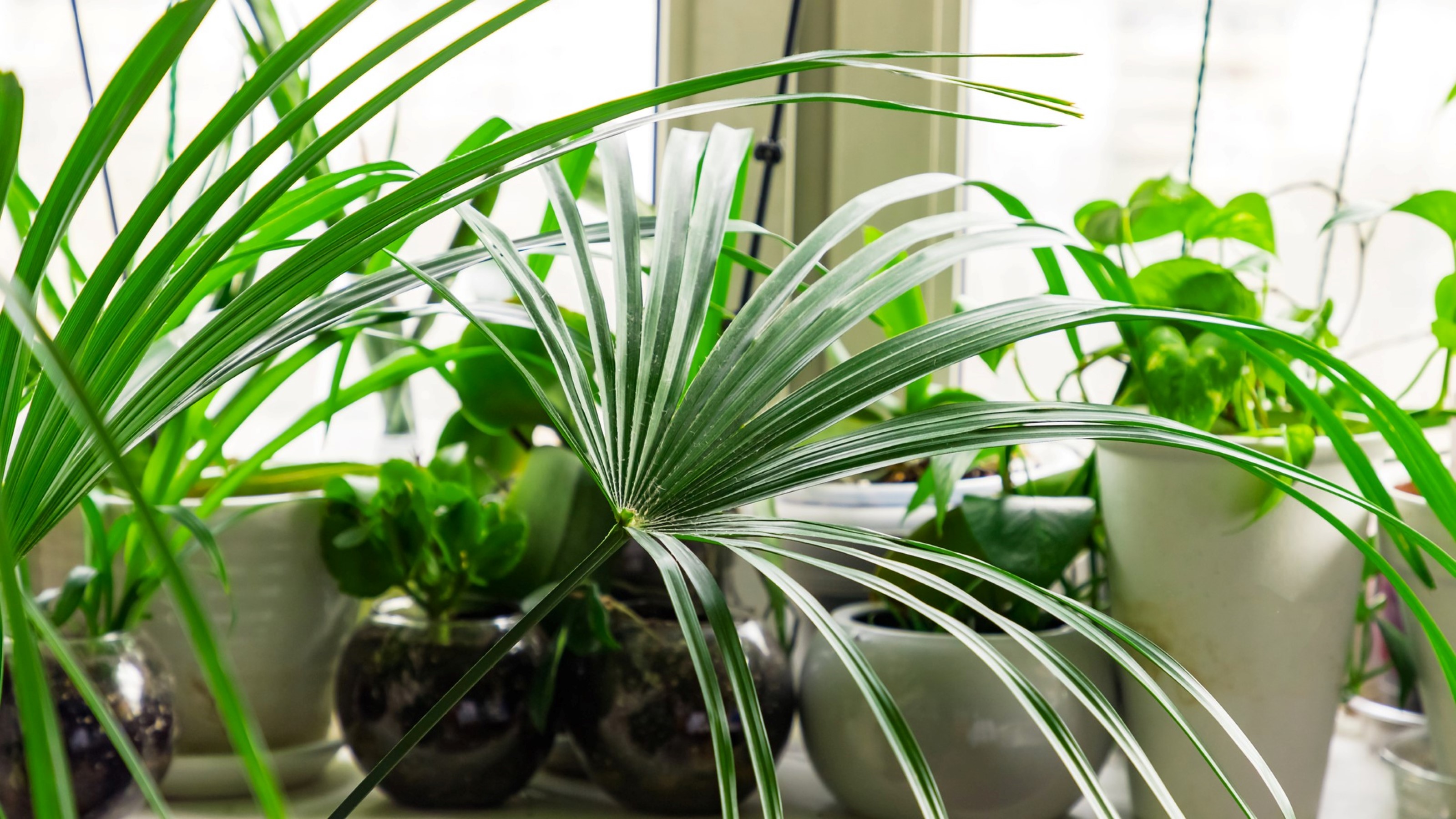
For a happy green home, you'll want to avoid these house plant mistakes to ensure that your indoor garden stays lush and healthy. While there are some house plants that are relatively carefree, we know all too well that it's easy to slip up, leading to problems like yellowing, frazzled leaves, or even more dramatically, plant death.
The best indoor plants are often presented as low-maintenance, but the truth is that no Monstera, Aloe Vera or even Money Tree is ever totally maintenance-free and most will begin to suffer if cared for incorrectly.
Fortunately, all of these errors can easily be avoided and you'll be pleased to know that learning about them will likely mean you'll become a more relaxed plant parent in the long term, as often the best form of house plant care is simply to let them do their own thing...
1. Over-watering
Over-watering is the number one house plant mistake people make. People more commonly kill their plants through too much kindness than neglect. Jules Giuliano, the lead soil researcher at Rosy Soil, tells us that 'many plants need a wet & dry soil cycle to perform properly. If you think you need to water again, use your fingers to inspect the soil & determine if it's necessary.'
In other words, if your plant soil has dried out it probably doesn't need watering. If water is in the saucer under a plant pot, you are definitely overwatering. Repeated overwatering will lead to fungus gnats and root rot - and eventually, the plant dying. Yellowing leaves can also indicate overwatering.
The course of action is simply to leave your plant alone. If you see fungus gnats, you need to take more active measures to rescue the plant: repot it into a new pot with fresh soil.
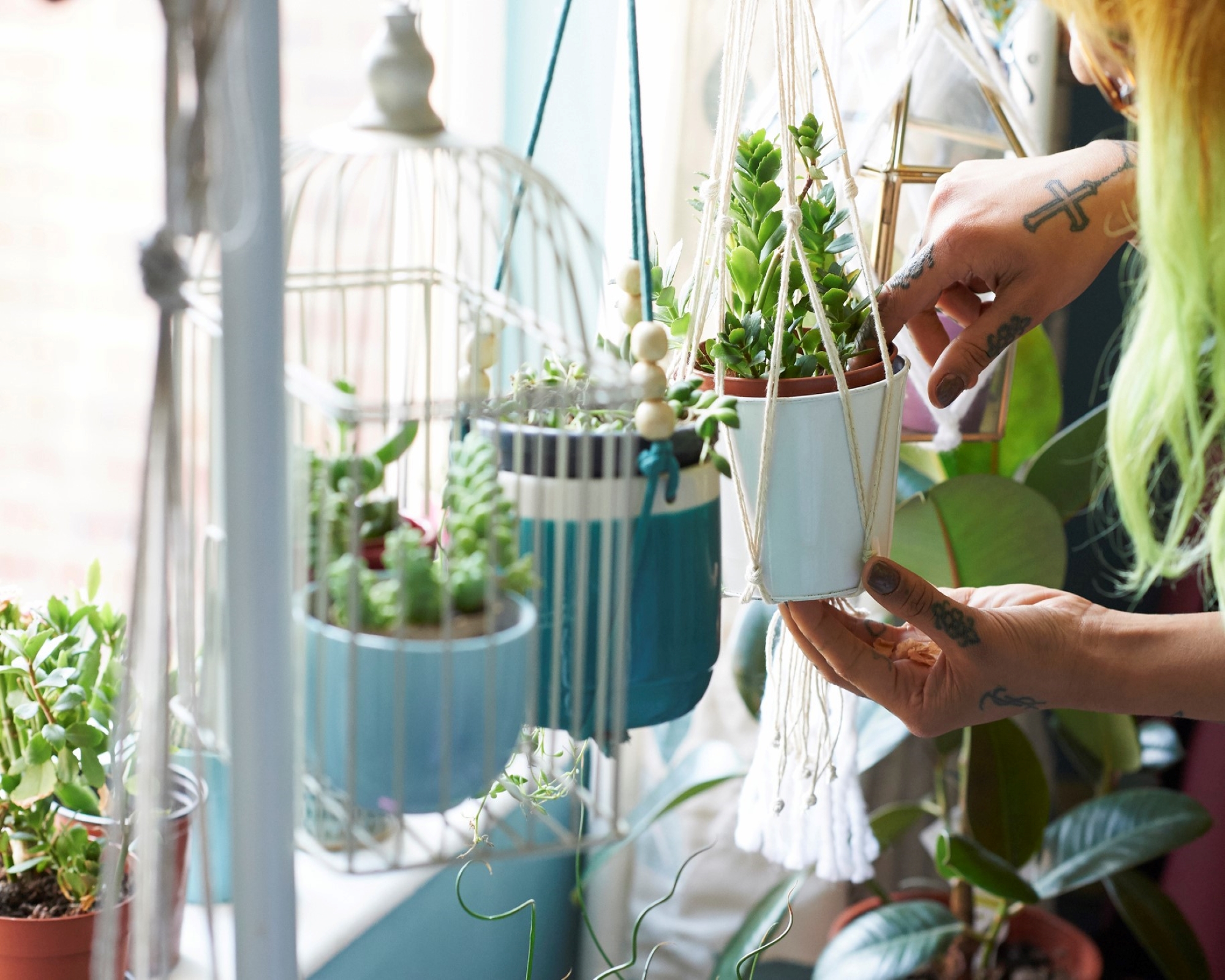
2. Under-watering
Some people go to the other extreme and don't water their plants at all. While there is a very limited number of plant species that can go without water for many months, including air plants and some cacti, most plants need regular watering to survive. Contrary to popular belief, this includes succulents and cacti – they may only need watering once every few weeks, but never watering them will kill them.
Join our newsletter
Get small space home decor ideas, celeb inspiration, DIY tips and more, straight to your inbox!
3. Not giving your plants enough light
Giuliano urges houseplant enthusiasts to 'make sure your plants have sufficient light for their needs, whether from the sun or an artificial light source.' While some plants will tolerate relatively low-light conditions - dracaenas are great for a shaded corner in your living room - all plants need light to photosynthesize and survive. Sticking a plant in a completely dark bathroom and hoping for the best will inevitably result in the plant dying.
As a rule of thumb, you should position most houseplants in a bright spot with indirect light. If your houseplant is a flowering plant - for example, growing pelargoniums indoors - it will need more light, ideally sunlight. Still, to prevent lunchtime sun scorching your plants, you may want to protect them with a net curtain or move them away from the window by an inch or two.
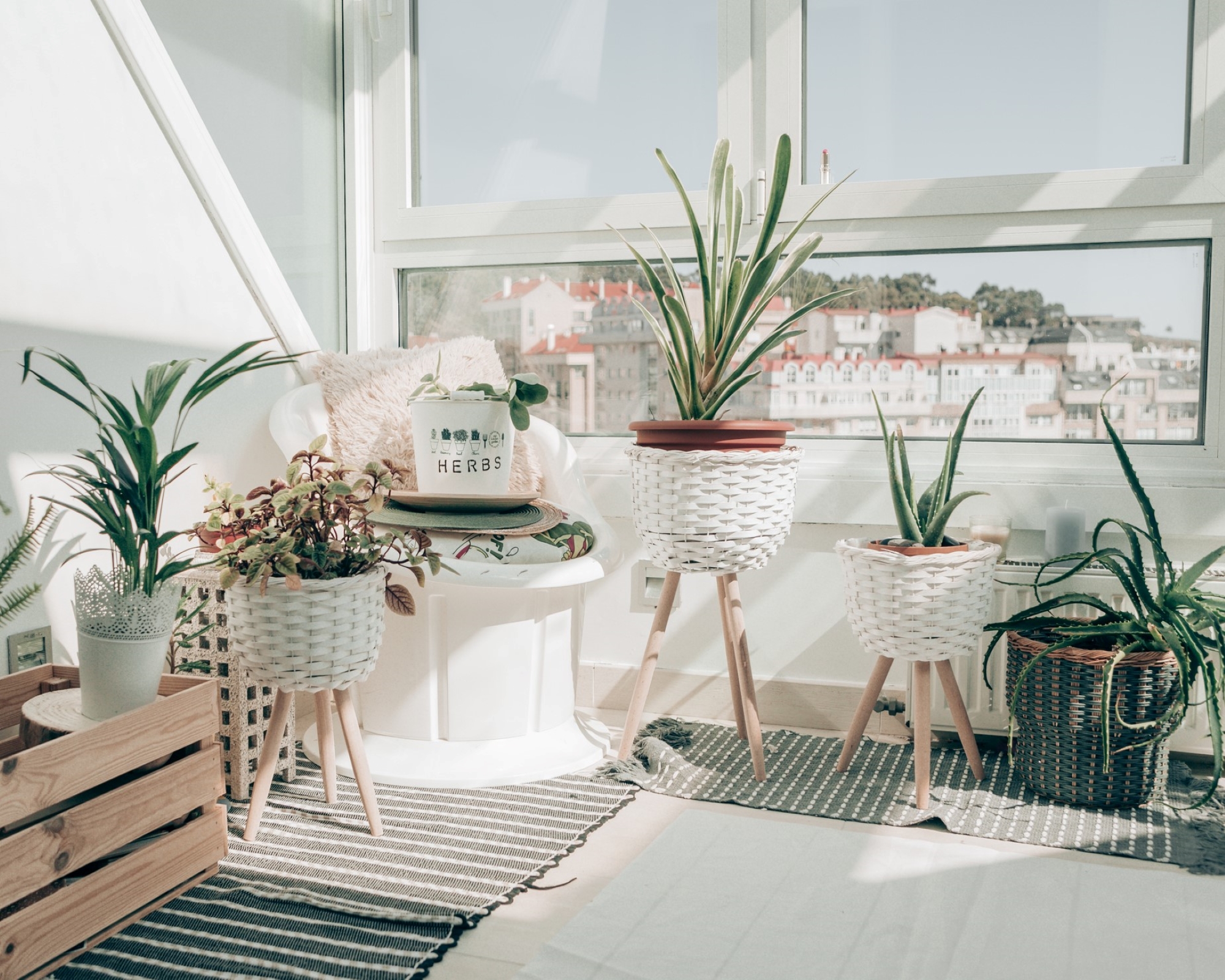
4. Placing houseplants in direct light
This brings us to the next point: most plants people use as house plants come from tropical rainforests where they are shielded from harsh direct sun by dense tree canopies. Direct sunlight, especially during lunchtime, will kill your calatheas, rubber plants, and many other plants not adapted to direct light.
Cacti and succulents are exceptions - they like the direct sun so can be positioned right on a sunny window sill.
If you are in doubt, look up your plant light needs online before you decide where to place it. Plants don't like being moved around too much so it's best to decide on a spot before you've bought your plant.
5. Repotting too often
Many house plants are slow growers and don't need a bigger pot until they've outgrown their current one. Many will actually experience stress if you disturb them too often. As a general rule, repot your houseplants every couple of years until they've reached maturity. Once they've reached their full size, just keep them in the biggest pot they'll need for the rest of their lifespan.
6. Never repotting
On the other hand, if you never repot your houseplants they will suffer from becoming root bound and from the lack of nutrients in the soil. Soil has a limited supply of nutrients and once your houseplant has worked through it, it will need fresh soil.
Plants that are rootbound won't die straight away -they actually will keep going for quite a while, but they won't thrive. You'll probably start seeing poor growth, disease, and leaves falling off.
If your plant is toppling in its current pot, it definitely needs repotting. Go for a pot one-third bigger than the last one and make sure it has drainage holes.
7. Watering with tap water
Not many houseplant owners know this, but watering houseplants with tap water is often a bad idea. While not all houseplants are equally sensitive to the minerals and residues found in tap water, some really suffer from the chemical imbalance that creates in the soil. Calatheas will often start developing spots on their leaves as a stress response to the common chemicals such as chlorine found in tap water. Watering orchids with tap water for example isn't recommended, and you should choose rain or filtered water instead.
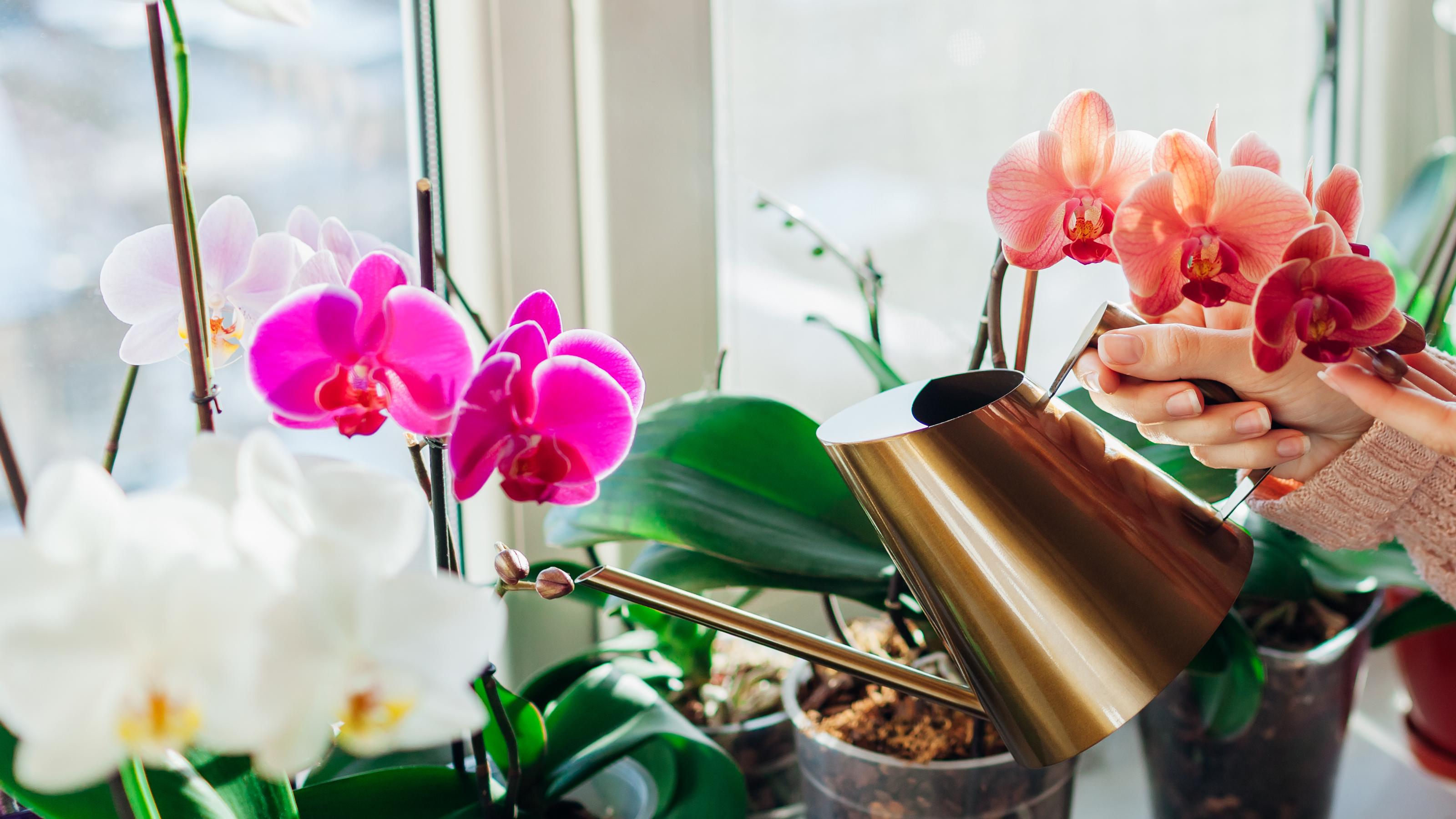
8. Incorrect watering technique for the plant type
While it is true that most houseplants just need watering from the top with a watering can, some have more complex watering requirements. Some succulents and bonsai trees benefit from below – just stand the plant in a saucer filled with water for 10 minutes. Orchids do best also being watering in a large tub or the sink.
9. Not using fertilizer
Giuliano advises that 'if you would like to see a new leaf, make sure to feed your plants properly. Compost is a great organic amendment to use as a top dress on your plants.'
Remember: there is a limited supply of nutrients in houseplant soil and you'll want to replenish them before it's time to repot your plant into fresh soil.
10. Not cleaning your plants
Did you know that, just like humans, houseplants enjoy a wash? There are all sorts of techniques for cleaning your house plants, depending on the plants. If your plant has large leaves. e.g. a rubber plant, you can simply wipe the leaves with a damp microfiber cloth. Other houseplants will enjoy being stood in your shower (in cool water, of course, not hot).
Even misting your houseplants counts as cleaning and will help the leaves breathe better.
What is the most common problem with indoor plants?
Overwatering, which is number one on our list of houseplant mistakes. Stop overwatering and your plants will be doing much better.
How to I know what's wrong with my house plant?
House plant problem symptoms can be confusing for novice houseplant owners because the same symptom can indicate a different problem in different plants. One plant may drop its leave when it's overwatered, while another may do so because it's not getting enough light.
You should always look up specific plant requirements and problems online as there's no one-size-fits-all answer.
Anna is a professional writer with many years of experience. She has a passion for contemporary home decor and gardening. She covers a range of topics, from practical advice to interior and garden design.
-
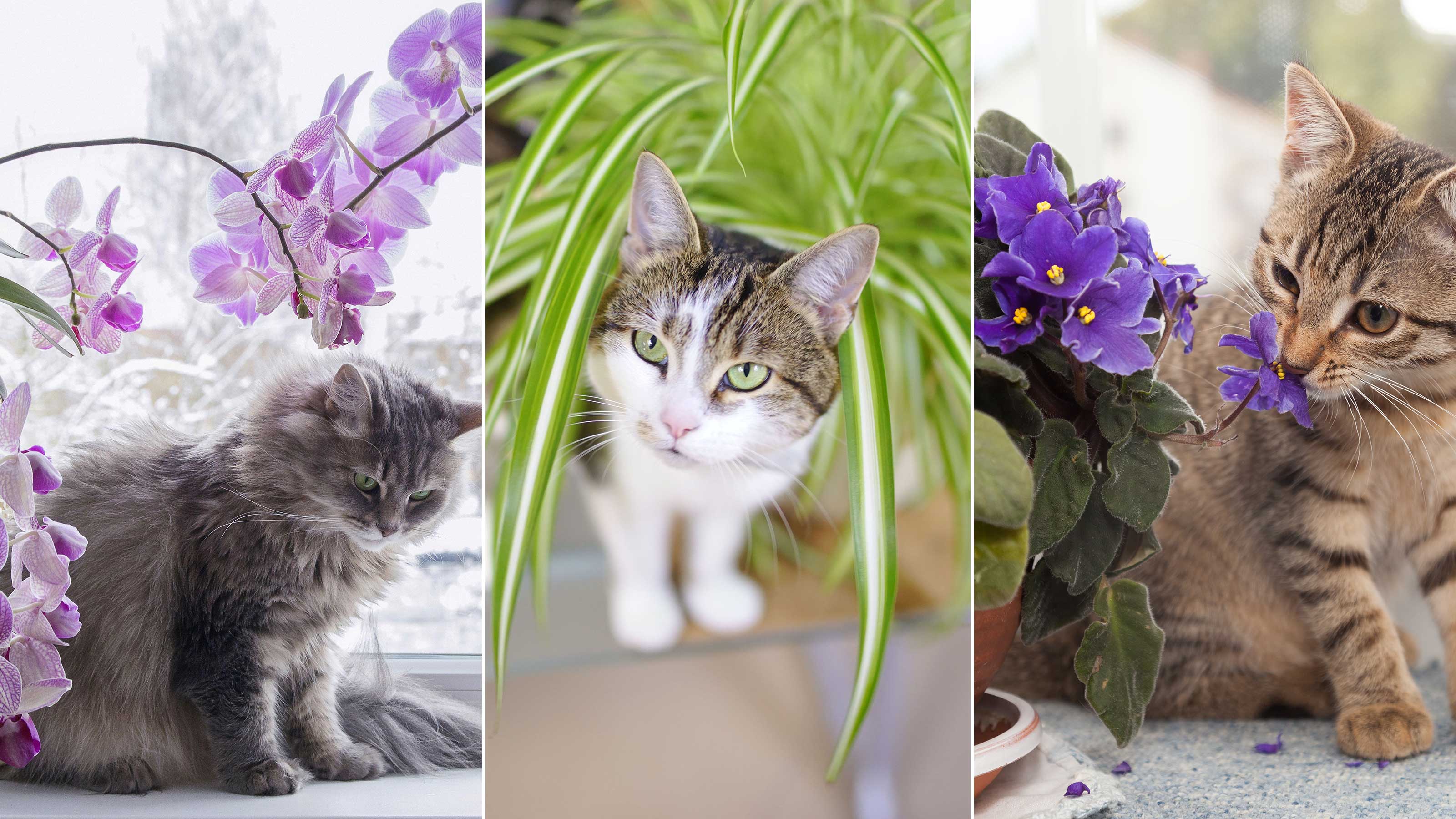 10 houseplants that are not toxic to cats — plus expert advice on keeping your pets safe
10 houseplants that are not toxic to cats — plus expert advice on keeping your pets safeKeep your four-legged companion safe by choosing these houseplants that are not toxic to cats, and learning the dangers of those that are, according to veterinary experts
By Holly Crossley Published
-
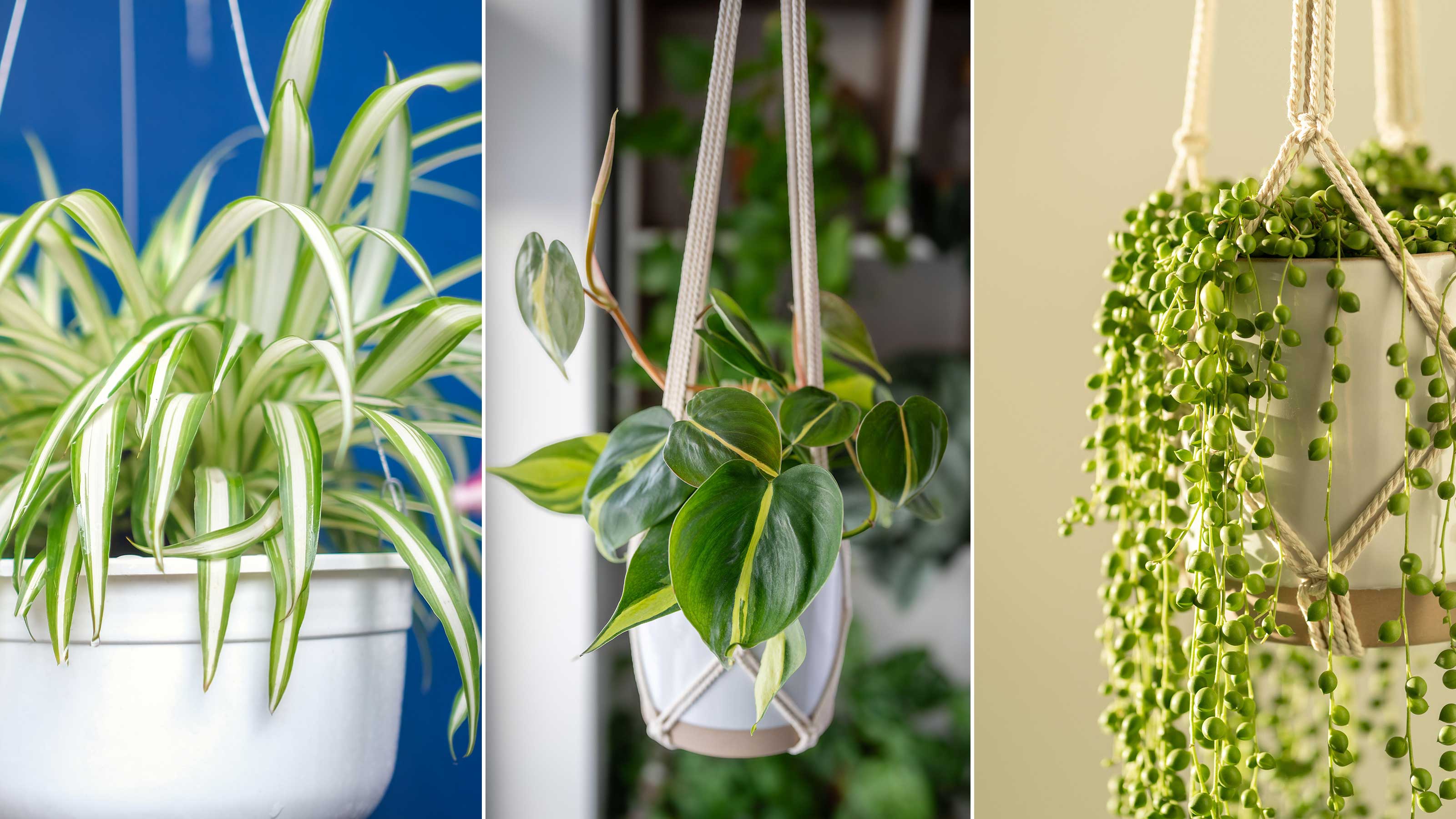 Best hanging basket houseplants — 10 leafy options for maximizing vertical space
Best hanging basket houseplants — 10 leafy options for maximizing vertical spaceDiscover the best hanging basket houseplants for elevating empty spaces in your home, as well as expert tips on how to keep them looking their best
By Holly Crossley Published
-
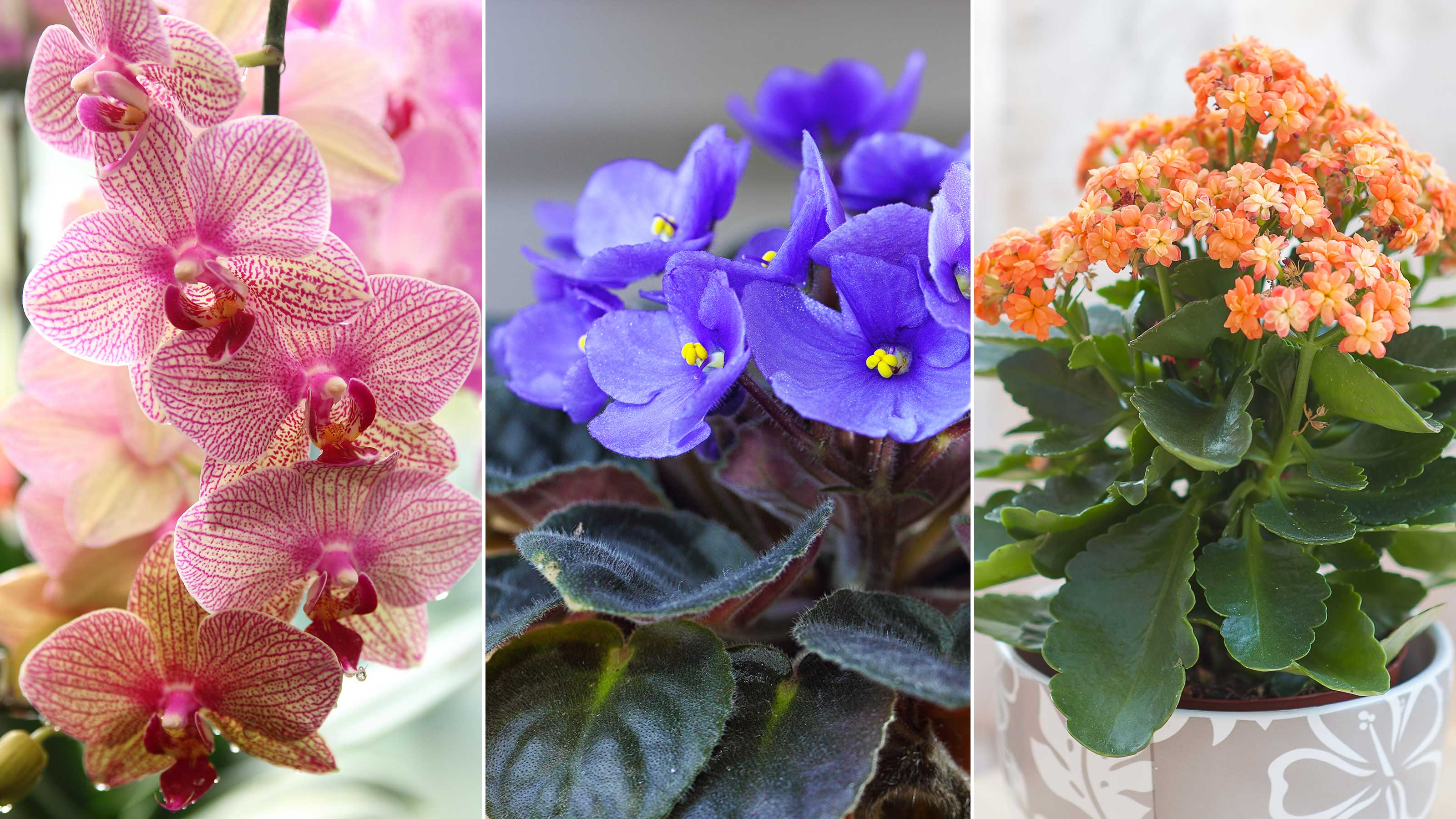 The 10 best indoor flowering houseplants to bring natural beauty to your space — including ones that blooms for months
The 10 best indoor flowering houseplants to bring natural beauty to your space — including ones that blooms for monthsThese are the best indoor flowering houseplants to beautify an interior scheme, plus expert advice on plant maintenance and styling
By Holly Crossley Published
-
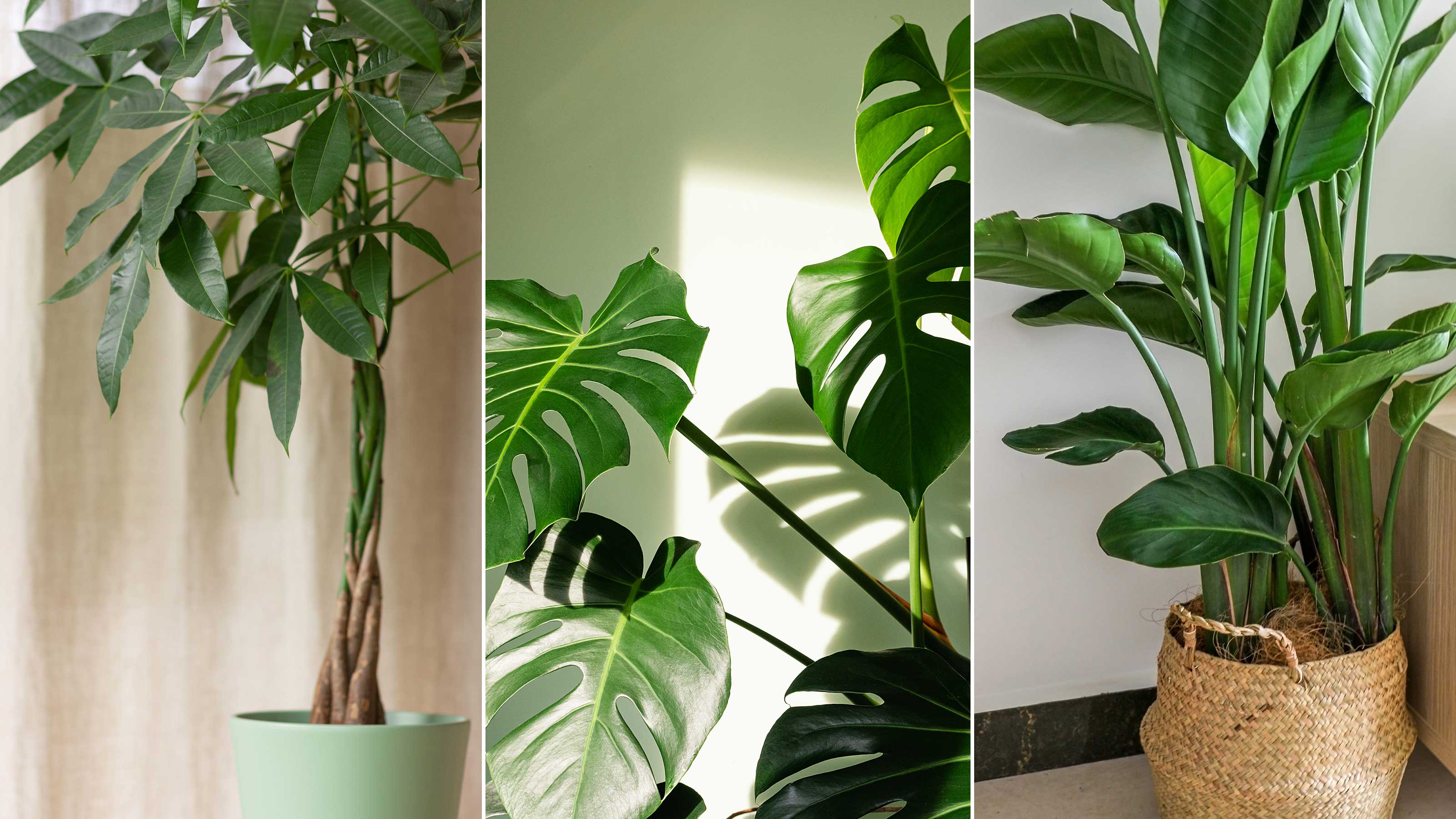 Best tall houseplants — 10 lofty options for indoor spaces
Best tall houseplants — 10 lofty options for indoor spacesThe experts reveal the best tall houseplants for a beautifully botanical interior scheme, plus practical tips on how to care for them
By Holly Crossley Published
-
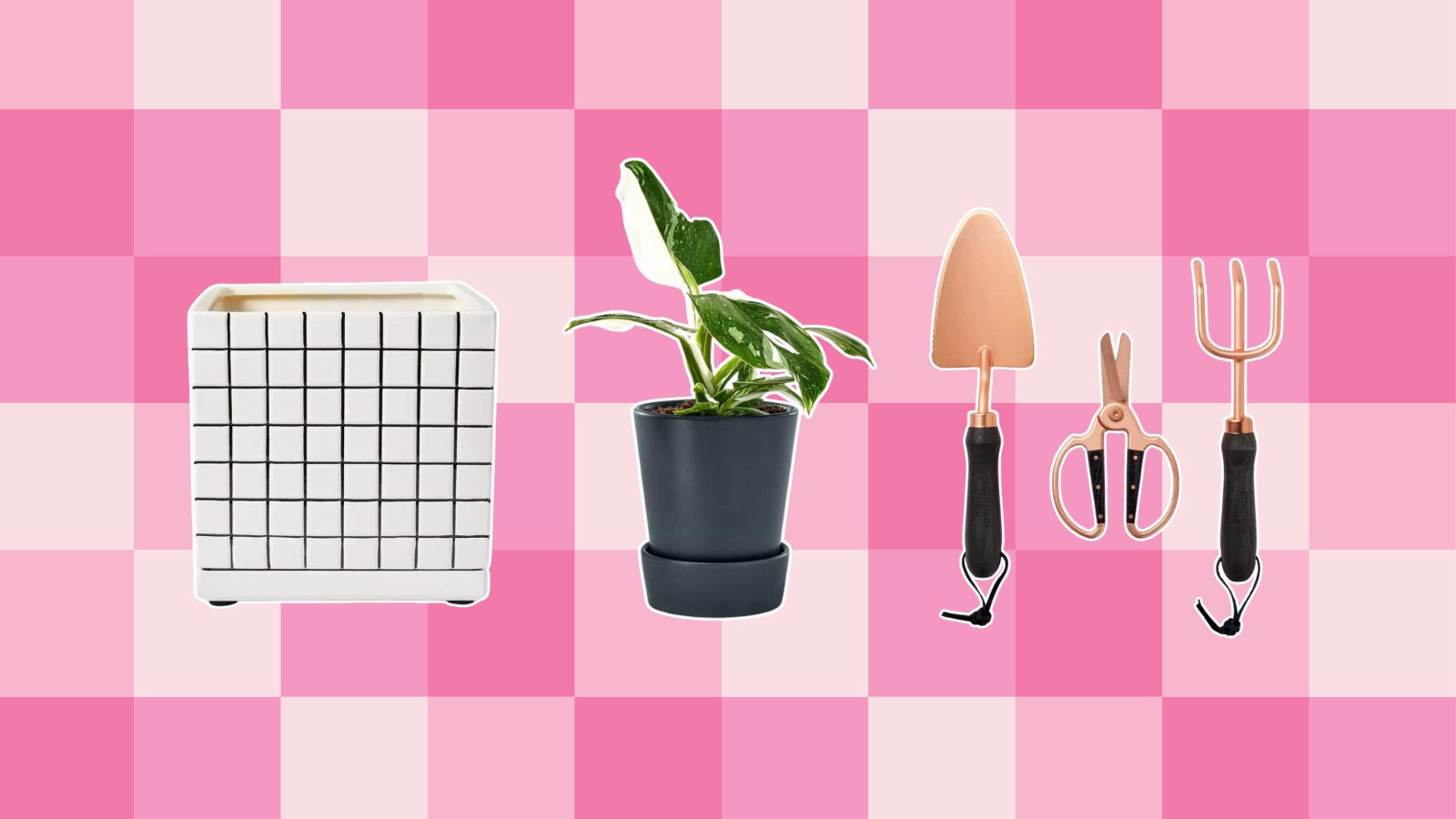 The new Hilton Carter Target line is every plant parent's dream — shop our favorite picks from $20
The new Hilton Carter Target line is every plant parent's dream — shop our favorite picks from $20The new Hilton Carter Target line is here and complete with live plants, cute decor, and handy tools. Shop our favorite picks from $20
By Danielle Valente Published
-
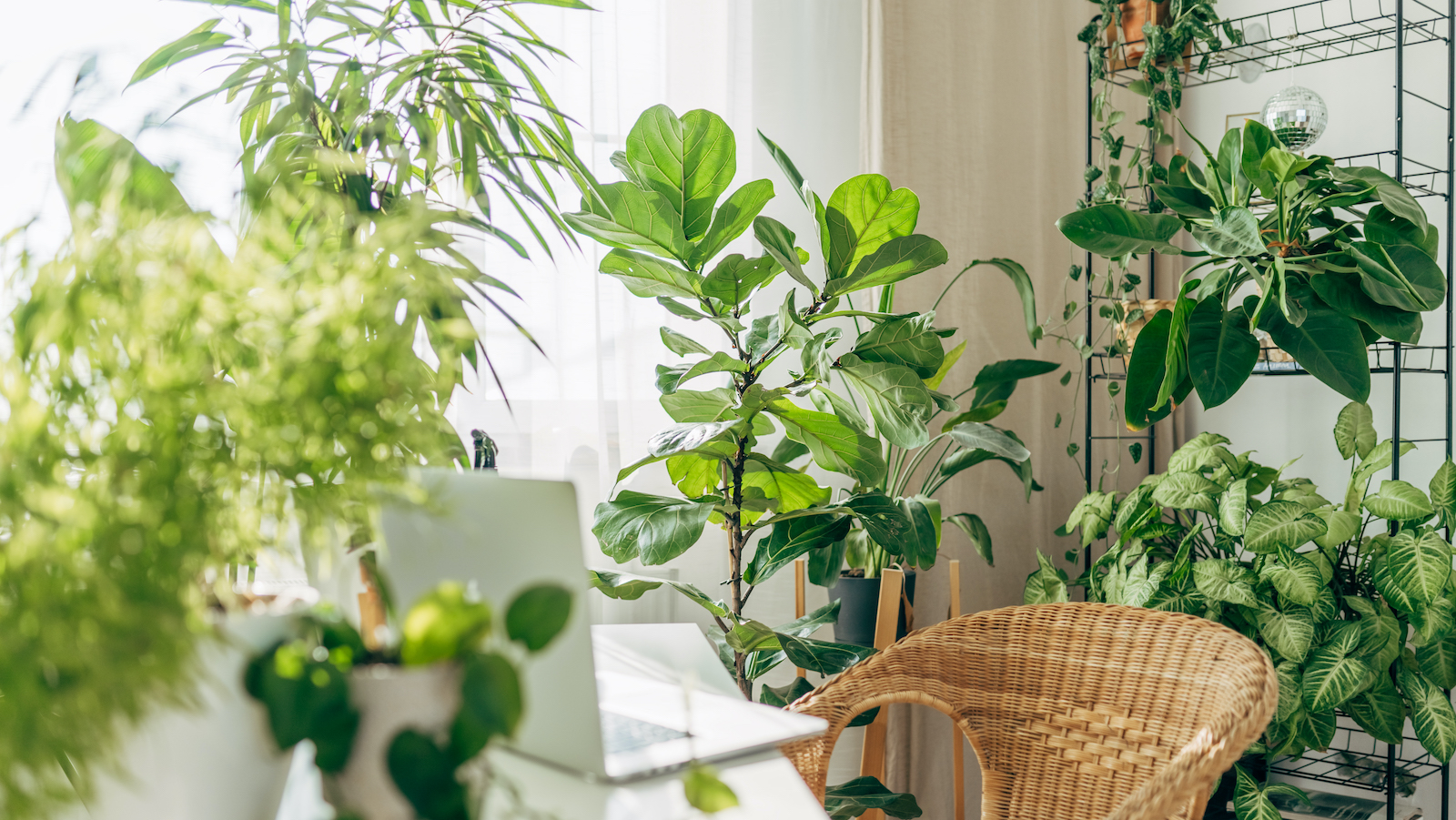 How to pollinate indoor plants — gardening experts spill their best tips
How to pollinate indoor plants — gardening experts spill their best tipsCurious how to pollinate indoor plants and when it is necessary? Let our gardening experts break it all down
By Danielle Valente Published
-
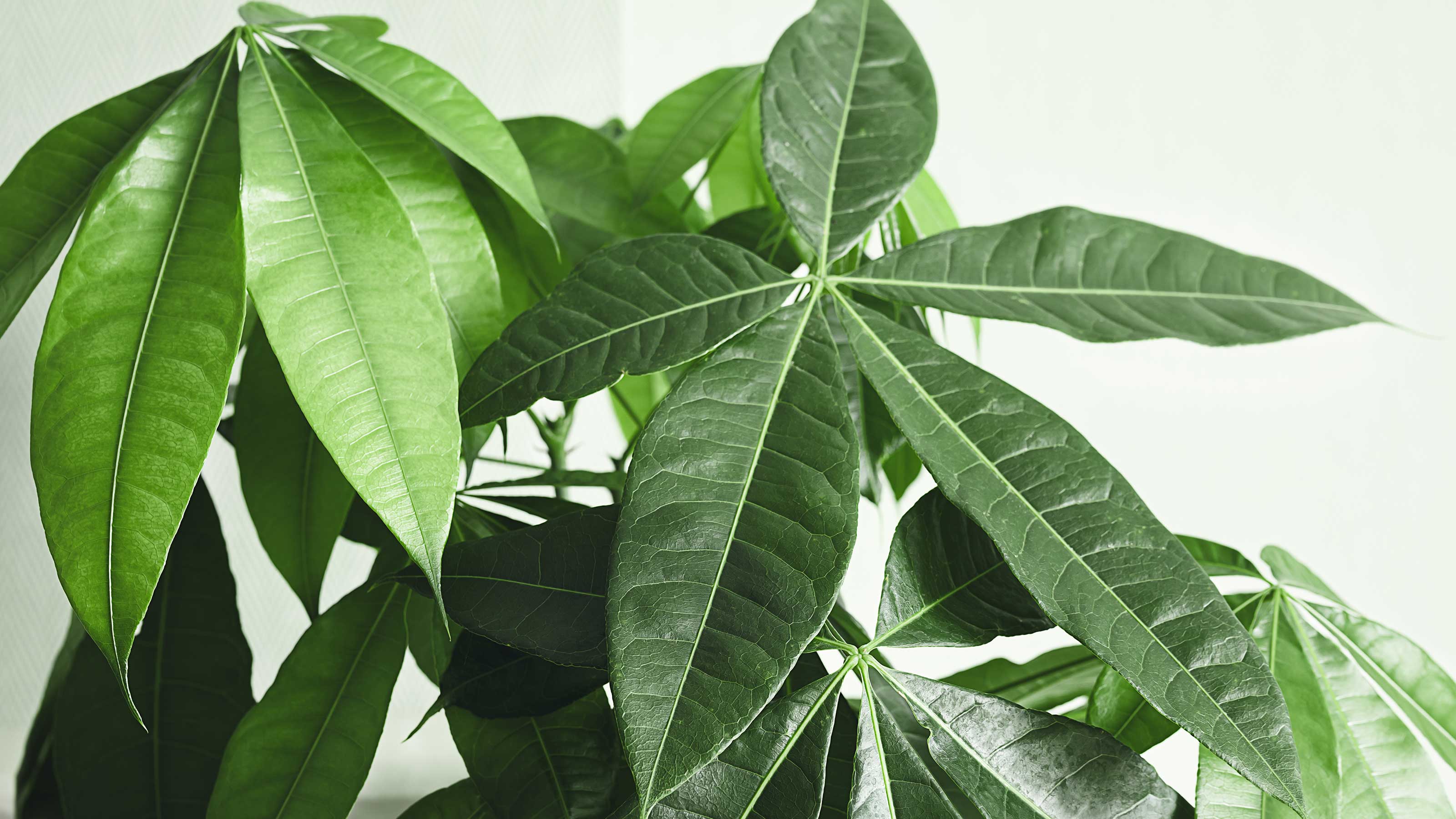 How to care for a money tree — 7 tips for thriving indoor plants
How to care for a money tree — 7 tips for thriving indoor plantsThe experts share top advice on how to care for a money tree, including practical tips for watering, soil type, and pest control
By Holly Crossley Published
-
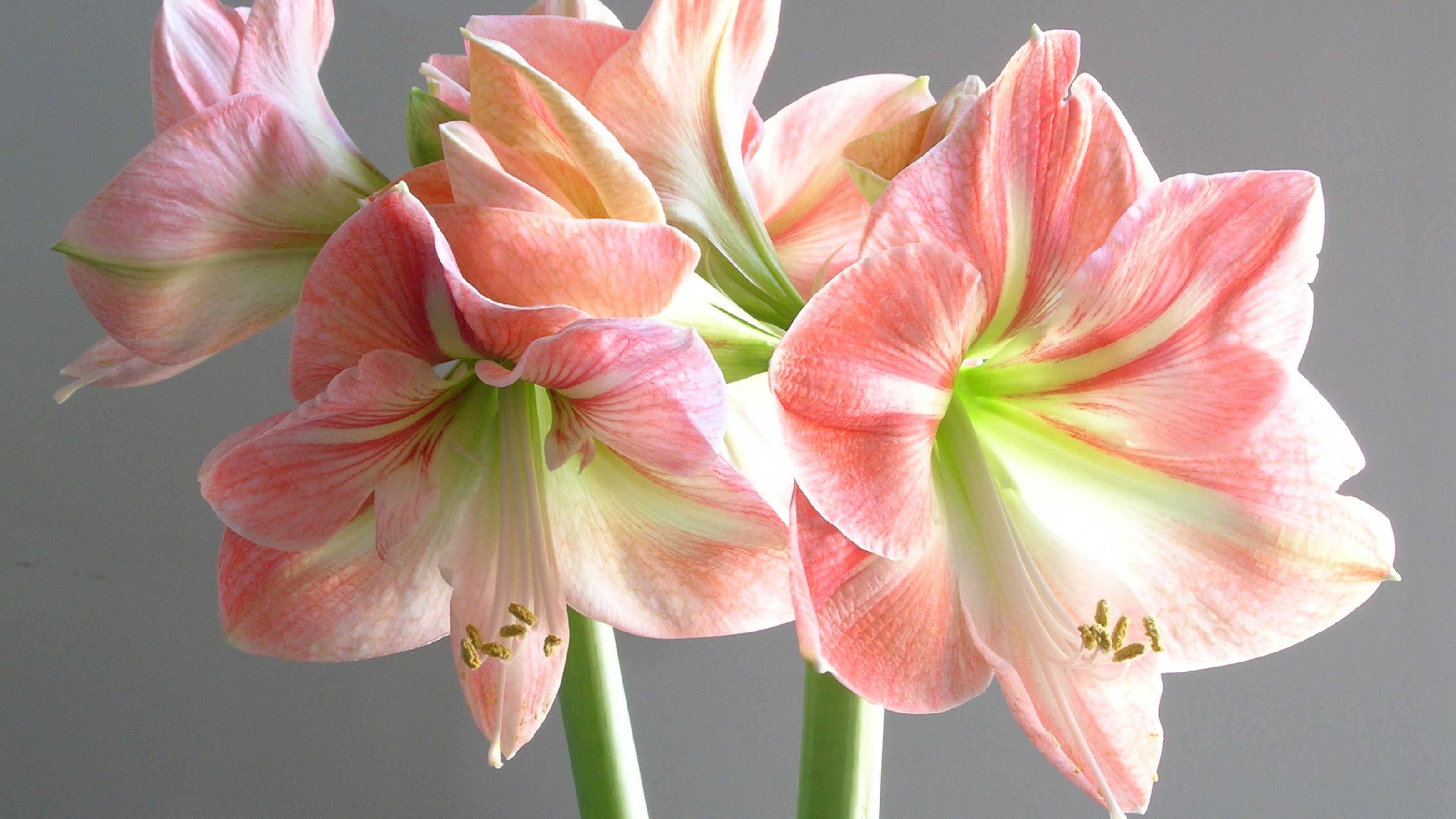 How to care for amaryllis — 9 tips for these fabulous flowering bulbs
How to care for amaryllis — 9 tips for these fabulous flowering bulbsLearn how to care for amaryllis with this practical guide, including expert-approved info on pruning, propagating, and whether you can move them outdoors
By Holly Crossley Published